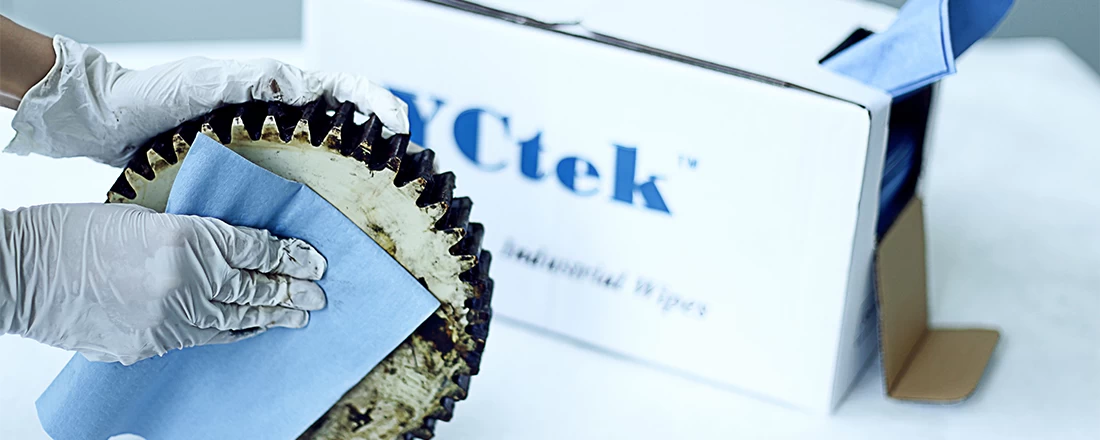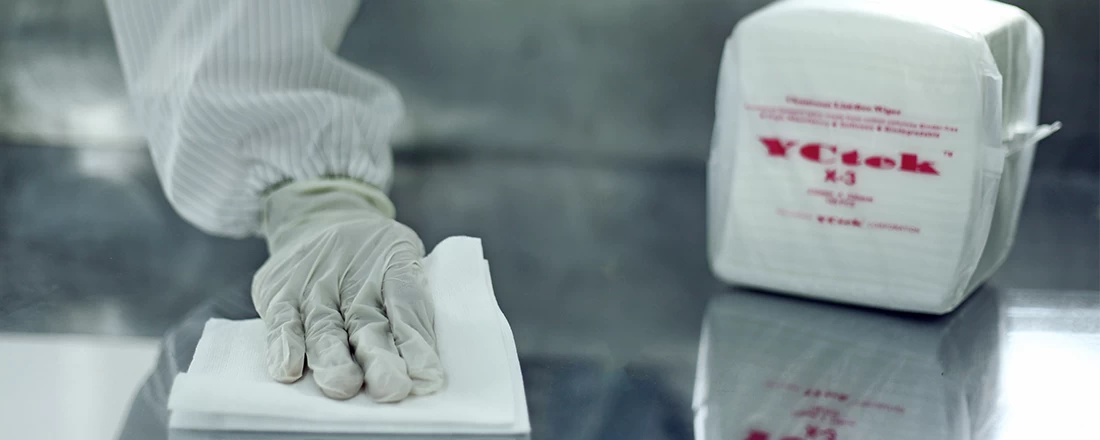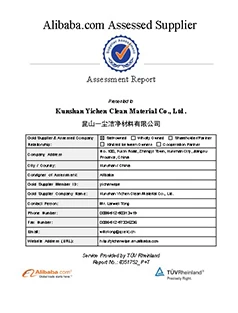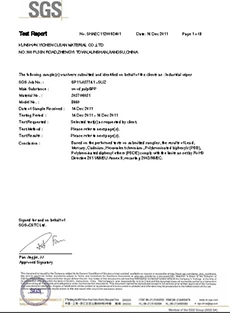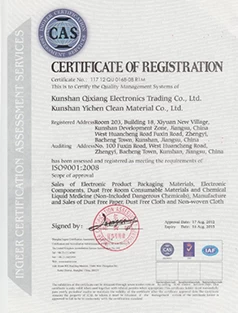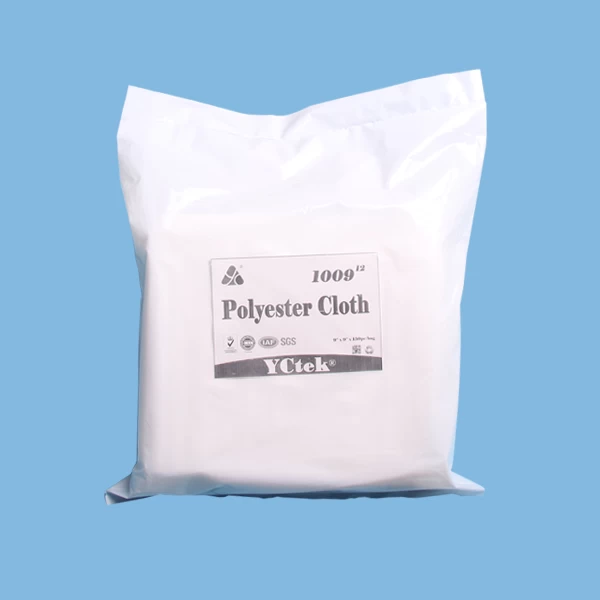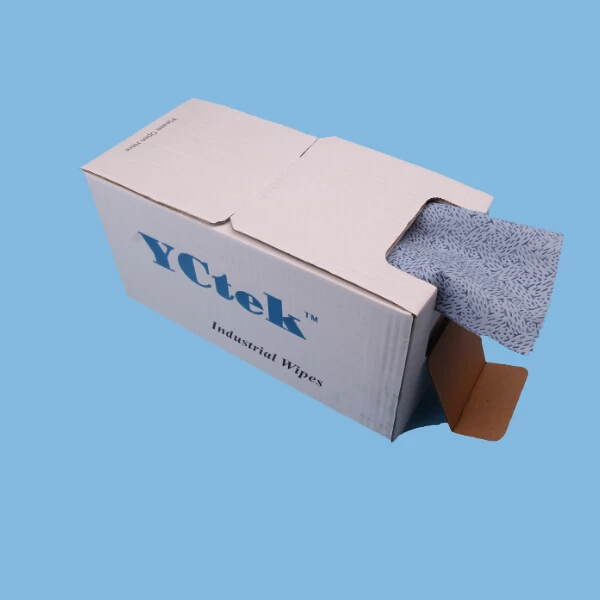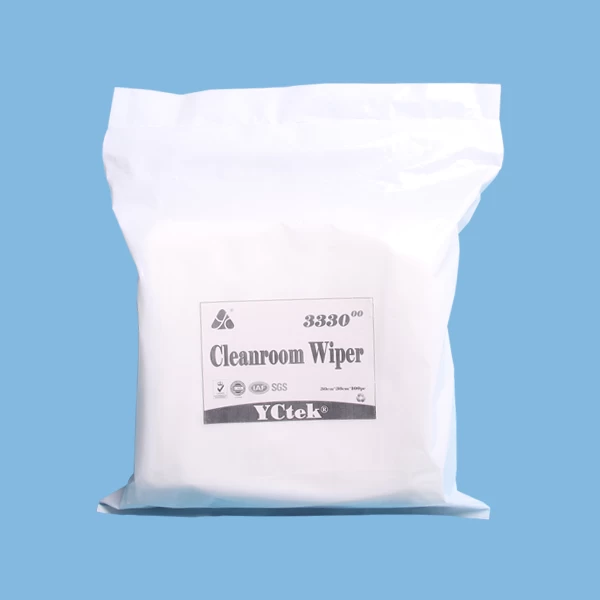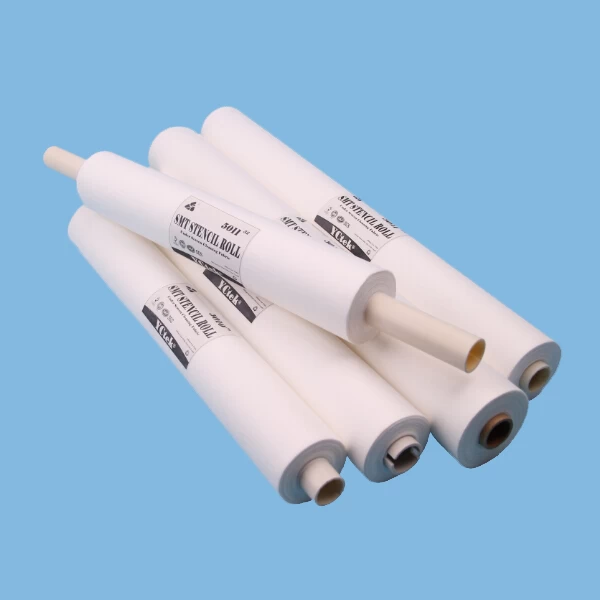Nonwoven Fabrics
2017-09-28 13:54:21
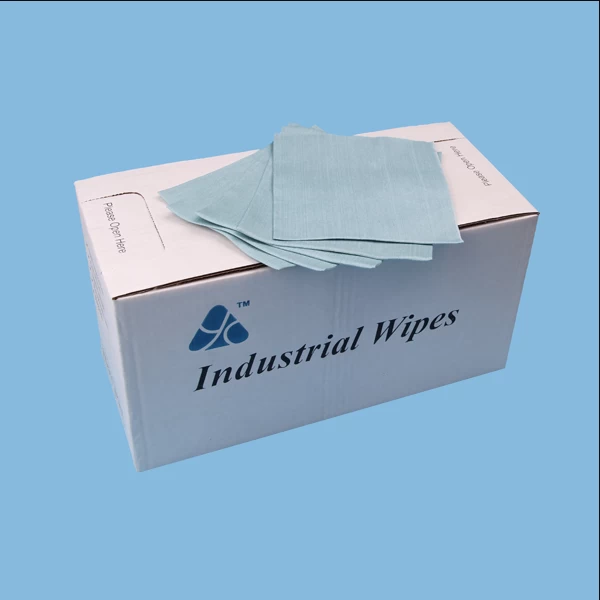
Nonwoven filtration fabrics are one of the largest market segments in the nonwovens industry and arguably one of the most profitable. “The filtration industry is seeing a fair amount of consolidation, at all levels with considerable M&A activity over the last several years,” said Brad Kalil, director of Market Research And Statistics, with the Cary, N.C.-based Association of the Nonwoven Fabrics Industry (INDA).
This segment utilizes man-made polymer and inorganic fibers to produce the filters. Polyester and polypropylene dominate; with nylon, fiberglass, meta-aramids, fluoropolymers and polyphenylene sulfide (PPS) and other polymers also used because of their special properties. In addition to these fibers, a sustainable, renewable polymer produced by Minnetonka, Minn.-based NatureWorks LLC is beginning to find its way into the filtration market. “Renewable Ingeo™ PLA [polylactic acid] fibers are used in increasing volumes where disposable filters are found such as spunbond and meltblown fabrics in vacuum cleaner bags as well as a broad range of performance applications, including coffee and teabag filters,” reported Robert Green, global business director, Fibers & Nonwovens, NatureWorks. “Other nonwovens, like PLA nanofibers, exhibit exceptional processing consistency, a range of charge capabilities, and better nonwoven structure development offering lower pressure drop.”
The four most widely used nonwoven man-made fabrics are:
needlefelts produced from staple fibers;
wetlaid produced from short-cut fibers;
spunbond; and
meltblown fabrics.
This segment utilizes man-made polymer and inorganic fibers to produce the filters. Polyester and polypropylene dominate; with nylon, fiberglass, meta-aramids, fluoropolymers and polyphenylene sulfide (PPS) and other polymers also used because of their special properties. In addition to these fibers, a sustainable, renewable polymer produced by Minnetonka, Minn.-based NatureWorks LLC is beginning to find its way into the filtration market. “Renewable Ingeo™ PLA [polylactic acid] fibers are used in increasing volumes where disposable filters are found such as spunbond and meltblown fabrics in vacuum cleaner bags as well as a broad range of performance applications, including coffee and teabag filters,” reported Robert Green, global business director, Fibers & Nonwovens, NatureWorks. “Other nonwovens, like PLA nanofibers, exhibit exceptional processing consistency, a range of charge capabilities, and better nonwoven structure development offering lower pressure drop.”
The four most widely used nonwoven man-made fabrics are:
needlefelts produced from staple fibers;
wetlaid produced from short-cut fibers;
spunbond; and
meltblown fabrics.

